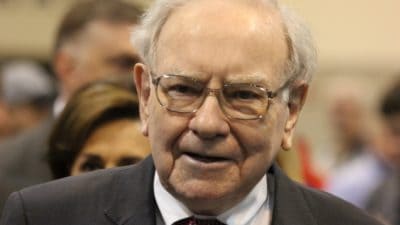The government’s decisions to offload its holdings in Lloyds Banking Group (LSE: LLOY) and Royal Bank of Scotland Group were good ones — the outlook for shareholders in both firms looks precarious to me.
Is Lloyds one of the worst dividend choices on the market?
Dividend investing strikes me as a sensible strategy likely to deliver dependable returns over decades, but only if I select shares carefully.
How tempting Lloyds seems as its price-to-earnings (P/E) rating falls and its dividend yield rises even as the earnings’ outlook appears to be rosy. How can I go wrong if I move in to tap that fat payout?
Things may not be as they seem. I don’t think it’s ever right to think of cyclical firms such as Lloyds as buy-and-forget investments. Right now, Lloyds Banking Group looks something like a seductive Venus flytrap for unwary investors who buzz around the sweet-smelling high yields in the stock market garden.
Tempting as Lloyds might be, the biggest share-price gains in the current macro-cycle seem behind us and the downside risk looks enormous. The Venus flytrap is beginning to twitch and I think the government saw it coming.
The big moves up could be behind us
At today’s 73p, Lloyds’ shares are just about where they were at the end of 2013 and were more or less flat the whole time in between. Over the same two-year period, earnings grew from £415 million to around £8,117 million, and increase of 1856%. So why did the share price remain where it was during that earnings’ recovery?
That looks like the forward-looking nature of the stock market in action. The big rises in Lloyds’ shares happened during 2012 and 2013 — when the market anticipated the firm’s recovery in profits. Now it seems the shares could be anticipating another down-leg.
The big London-listed banks profits, dividend payments, and share prices wiggle up and down, often by an alarming degree, in accordance with the boom and bust economics that we have to live with.
54p might be close
Investors as a whole figured out the cyclical nature of banks long ago and the stock market tends to mark down banks’ valuations as a macro-cycle matures. I think that’s happening with Lloyds right now. So the P/E rating faces down pressure as earnings continue to rise because investors fear the next cyclical plunge. If the P/E rating falls, the dividend yield will go up.
I remember how attractive the banks looked just before last decade’s credit-crunch. When dividend yields rose to match the falling P/E rating many labelled the banks ‘square’ shares, and they seemed super-attractive good value. Buying then was disastrous because the banks shares plunged — the stock market tries to iron-out cyclicality but fails.
The credit crunch might have been an extreme event but economic cycles are common. Lloyds’ valuation looks as if it could be heading towards ‘square’ territory again to me, and that’s a major warning sign. Given the firm’s forecast earnings for 2016, the shares would need to be at 54p for the dividend yield to match the P/E rating. It doesn’t take a big mental leap to imagine ‘square’ happening, if not during 2016, at least at some point down the line.
The regulatory environment remains tough for banks in Britain, competition is fierce, and Lloyds’ earnings have already done their bouncing back. With valuation-compression dragging on investor total returns from here and the ever-present threat of a cyclical downturn, Lloyds Banking Group looks like a risky investment proposition to me.







